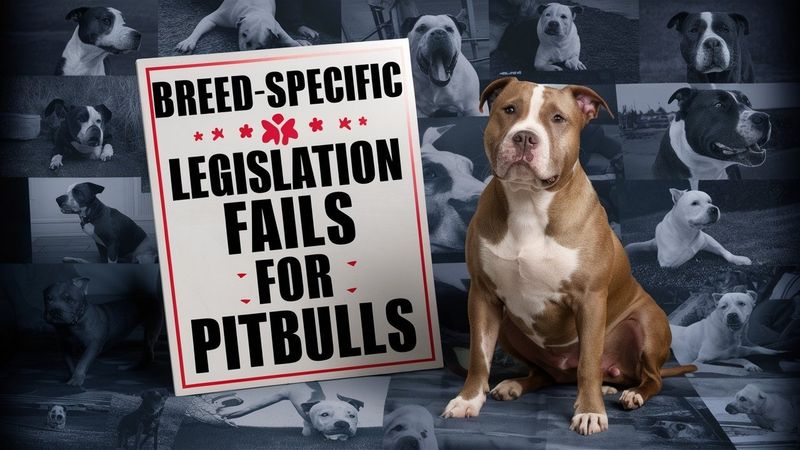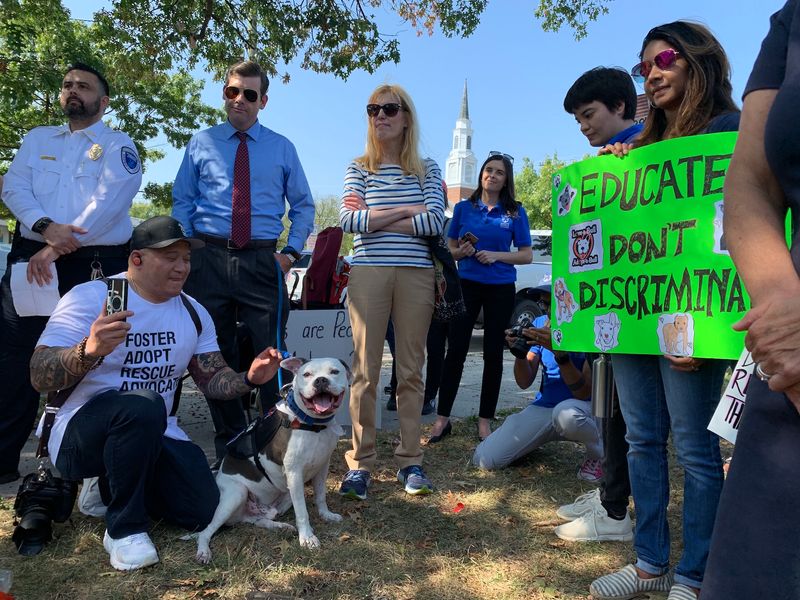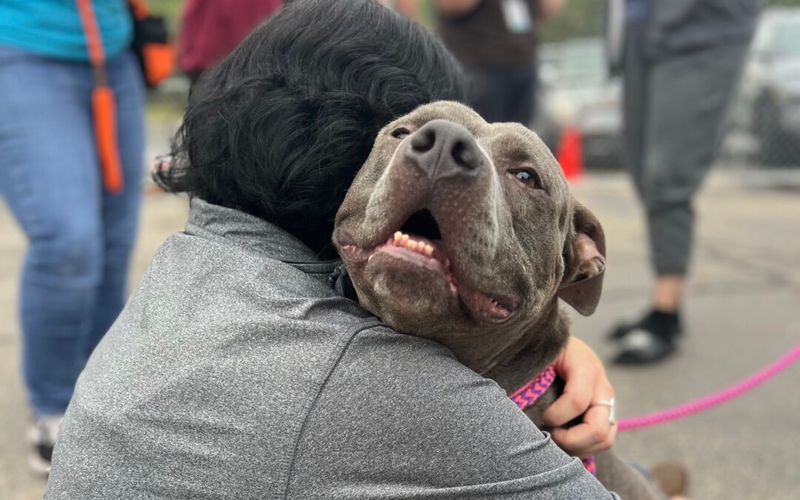Pit bull bans, often known as breed-specific legislation (BSL), are laws that target specific dog breeds, frequently imposing restrictions or outright bans. These regulations are highly controversial, with arguments both for and against them. Advocates argue they enhance public safety, while opponents claim they unfairly target certain breeds based on stereotypes rather than individual behavior. Furthermore, these bans can significantly impact pet owners, rescue organizations, and the breeds themselves. Understanding the nuances of these laws helps in comprehending their implications on communities across the United States.
History of Pit Bull Bans
Pit bull bans have a complex history in the United States, dating back to the 1980s when attacks led to increased public fear. Some cities and states implemented breed-specific legislation (BSL), aiming to reduce aggressive incidents by targeting specific breeds. Over time, these laws expanded and evolved, sparking debates about their effectiveness and fairness. Critics argue that BSL punishes responsible pet owners and doesn’t address the root causes of aggression. Despite these controversies, pit bull bans remain a polarizing topic in American legal and cultural discussions.
Arguments for Bans
Advocates for pit bull bans argue they are necessary for public safety. They cite statistics showing higher rates of aggressive incidents involving specific breeds. Supporters believe that these regulations prevent potential attacks and protect citizens. Additionally, some assert that BSL serves as a proactive measure, aiming to reduce risks before they occur. However, this perspective has faced criticism, with opponents claiming that focusing solely on breed overlooks other crucial factors like training and environment. The debate continues to shape perceptions and policies regarding certain dog breeds.
Arguments Against Bans
Opponents of pit bull bans argue that these laws are ineffective and discriminatory. They claim that focusing on breed fails to address the root causes of aggression, such as neglect or abuse. Furthermore, critics highlight that responsible ownership and proper training play significant roles in a dog’s behavior. Many advocate for alternatives like education and stricter penalties for irresponsible owners. The push against breed-specific legislation has gained momentum, emphasizing that all dogs deserve fair treatment regardless of their breed, fostering a more inclusive approach.
Impact on Communities
Pit bull bans have far-reaching impacts on communities, influencing local economies, pet ownership, and public perception. In areas with stringent bans, shelters may see increased surrenders of pit bulls, leading to overcrowded facilities. Additionally, these regulations can strain relationships between pet owners and authorities, creating tensions within communities. On the financial front, bans may affect businesses related to pet care and breeding. The community dialogue surrounding these laws often reveals deep-seated beliefs about safety, responsibility, and compassion, highlighting the complex interplay of factors in these discussions.
Legal Challenges
Legal challenges to pit bull bans often arise, questioning their constitutionality and effectiveness. Opponents argue that breed-specific laws are overly broad and violate property rights. Cases have been brought to court, with varying outcomes, reflecting the contentious nature of the issue. Some rulings have overturned bans, citing lack of evidence for their efficacy. These legal battles highlight the ongoing struggle between public safety concerns and individual rights. As debates continue, the legal landscape surrounding pit bull bans remains dynamic, evolving with each new case and ruling.
Alternatives to Bans
Many propose alternatives to pit bull bans, focusing on education and responsible ownership. Initiatives include training programs for dogs and owners, stricter penalties for negligence, and community outreach to promote understanding. These approaches aim to address aggression at its source, emphasizing the role of environment and human behavior over breed. Success stories from regions implementing such measures offer hope for more effective solutions. By fostering a culture of responsibility and compassion, these alternatives seek to protect communities while ensuring fair treatment for all dogs, regardless of breed.
Media Influence
Media coverage significantly impacts public perception of pit bulls and related bans. Sensational stories of attacks often dominate headlines, shaping fear and misunderstanding. This portrayal can lead to increased support for bans, despite evidence suggesting that media focus disproportionately on certain breeds. Critics argue that balanced reporting is essential for informed public discourse. Highlighting positive stories and responsible ownership can counteract negative stereotypes. Understanding media influence is crucial in the broader context of breed-specific legislation, as it often drives policy and community attitudes towards pit bulls.
Rescue and Adoption Challenges
Rescue organizations face significant challenges due to pit bull bans, impacting adoption rates and shelter capacities. Many shelters see an influx of pit bulls, as owners surrender dogs due to restrictive laws. This strain leads to difficult decisions about resources and animal welfare. Additionally, bans complicate the adoption process, as potential adopters may be deterred by legal restrictions. Despite these hurdles, passionate advocates work tirelessly to find homes for these dogs, emphasizing their loving nature and potential as family pets. The ongoing efforts underscore the resilience and dedication within the rescue community.
Future of Pit Bull Bans
The future of pit bull bans is uncertain, with ongoing debates and shifting public attitudes. Some regions have repealed BSL, opting for more inclusive policies focusing on behavior rather than breed. This trend reflects a growing recognition of the complexities surrounding dog behavior and public safety. However, challenges remain, as deeply ingrained beliefs and legislative inertia persist. The path forward requires collaboration between lawmakers, communities, and advocates, aiming to create fair and effective solutions. As society evolves, so too does the conversation about pit bulls and their place in our communities.









